2022/2023 Improved Window Performance Requirements For Housing
Improvements to the requirements under the H1 Clause of the Building Code, were published by the Ministry of Business, Innovation and Employment (MBIE) in November 2021, and more recently, the transition periods for housing were updated.
Window and door implementation phasing-in began on the 3 November 2022, with an additional step in the transition period in May 2023. All requirements will be in effect as of 2 November 2023.
The H1 Clause of the Building Code regulates the energy efficiency of our built environment – covering wall, floor and roof insulation as well as the thermal performance of windows and doors. Single glazed windows are the most significant source of heat loss in a home.
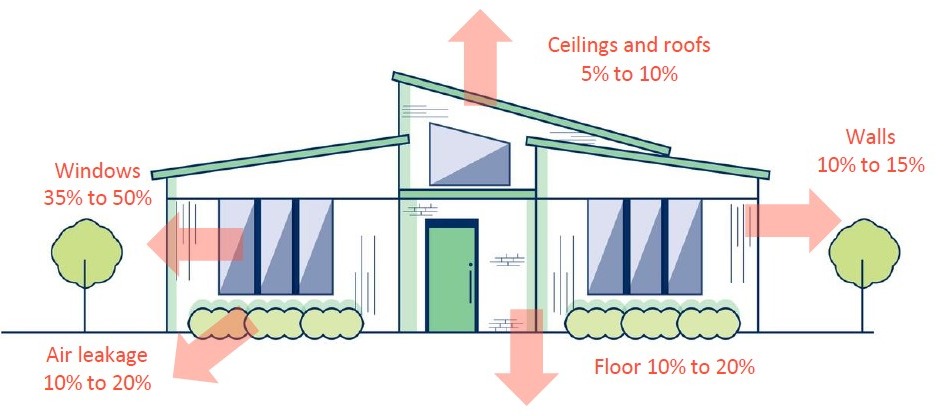
Energy efficiency is top of mind, with the update being one of the first steps in the Government’s Building for Climate Change programme. There are major increases in thermal performance requirements across the building envelope and they have introduced new Climate Zones.
For housing, initially, aluminium frames will require more thermally efficient glass (double glazing with a high-quality Low E pane and an argon gas fill between) to meet the minimum requirements.
Stake Glass offers the following two types of high quality Low E glass:
- Planitherm Ultra N Advanced Low E glass
- Cool-Lite Low E glass
Both Planitherm Ultra N and Cool-Lite Low E glass, meet compliance with the new requirements.
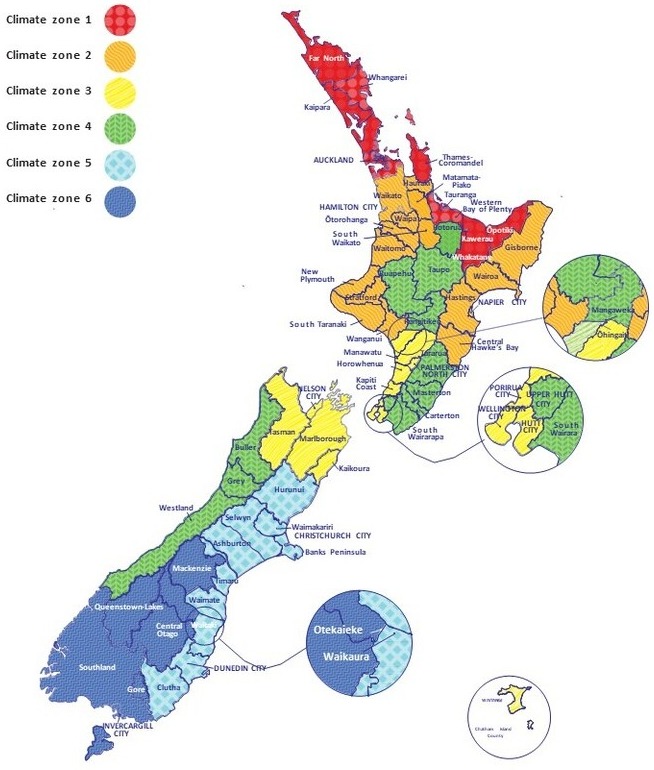
Thermal Performance Requirements for Windows & Doors.
What are the new thermal performance requirements for windows & doors?
The changes happening are based around R-values. R-values are the measure of how much heat a material resists.
The R-value of a window measures how much heat is stopped by your window system and therefore doesn’t escape outside. The higher the R-value, the better the window at resisting heat transfer, meaning you house stays warmer for longer.
Below are the thermal performance requirements for windows and doors in housing for the different Climate Zones:
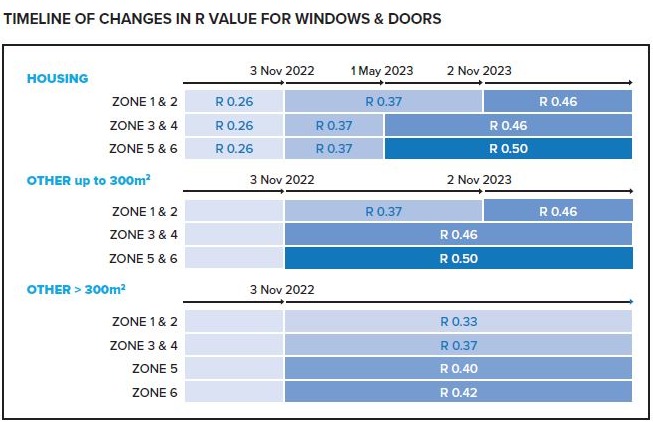
The new standards apply based on the date of the building consent application; however, these higher standards can be used from now.
Frame and Glass Options to meet new R-values
The next table shows some example frames and how our Low E glass options meet these new R-values.
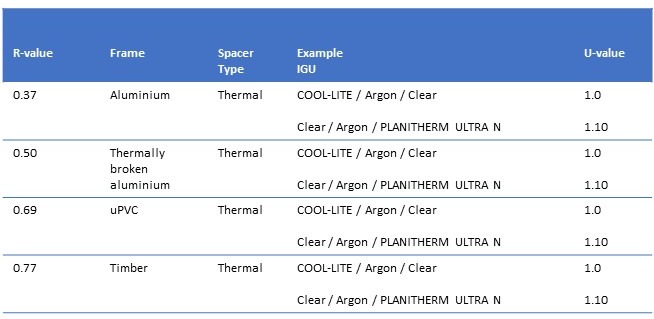
What is a U-Value?
A U-value measures the rate of heat loss over a surface or material, how much heat passes through your glass. A lower U-value means lower heat transfer and better insulation of your home.
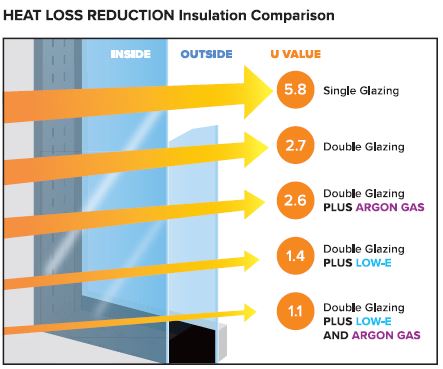
May 2023 - Climate Zones 3, 4, 5 & 6
Compliance requires double-glazed Low E IGUs combined with, thermally broken aluminium frames, uPVC frames or Timber frames.
